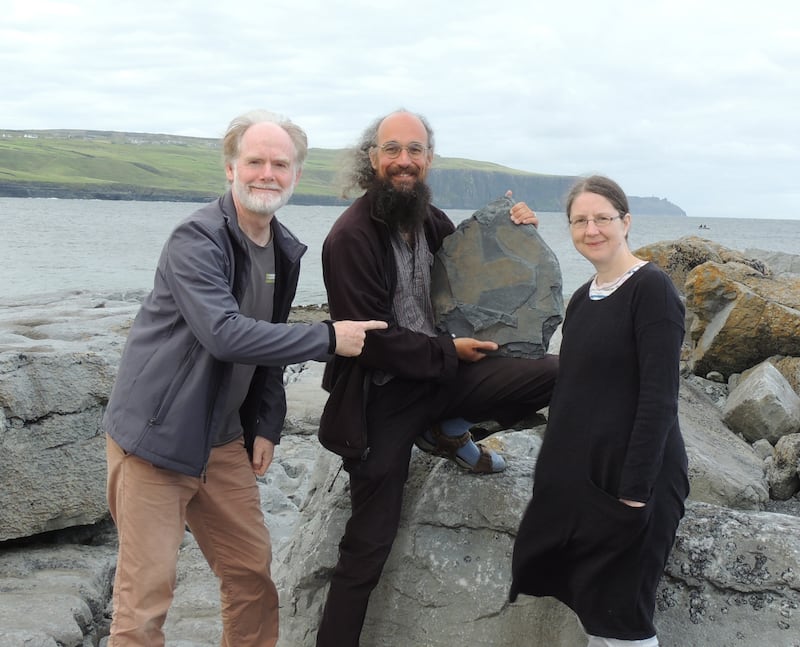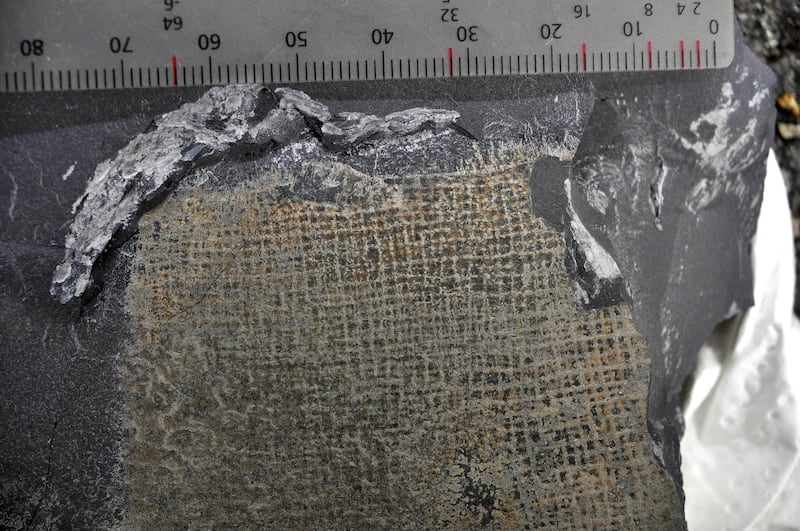What is this about a 315 million-year-old sponge being found in Co Clare?
It is not as rank as it sounds. The sponge is not of the household variety, but was once a living animal, now found fossilised in a rock in the Cliffs of Moher.
Why is that news?
Well, it is a very old sponge. Or more accurately, it is a very old fossil of a sponge. It is also a previously unknown species of sponge and the first of its family of sponges to be found in Ireland.
So, what is an animal sponge, and what does it do?
You might see sponges as essentially organic water filters that are a very important part of biodiversity. Sponges do not have complex nervous, digestive or circulatory systems. Instead, most rely on maintaining a constant water flow through their bodies to obtain food and oxygen and to remove waste.
[ Ancient fossil sponge estimated to be 315m years old found near Cliffs of MoherOpens in new window ]
When it was alive, the vase-shaped sponge featured a circular opening at the top surrounded by a ring of eyelash-like structures – similar to a Venus flower basket sponge, which is found in the Pacific Ocean.
READ MORE
Sponges are also believed to be some of the earliest animals surviving today.

So the earliest animals alive started out in Ireland, in Co Clare?
Eh, no. Hundreds of millions of years ago, the land that makes up Ireland as we know it today existed on two continents known as Laurentia and Gondwana that were separated by an ocean called Iapetus. The northern part of Ireland was located on the continent of Laurentia, preserved as parts of modern North America. The southern part of Ireland, including Co Clare, was located on Gondwana, now preserved as large parts of Europe, Africa and Australia.
Sounds like something out of Harry Potter?
Well, it does a bit, doesn’t it – particularly as the new species, Cyathophycus balori, has been named after the mythological Irish giant Balor, whose eye wreaked havoc on his enemies when opened.
How big is this thing, who found it, and where exactly?
Cyathophycus balori is up to 50cm tall and as such is the largest-known example of sponges anywhere in the world. It was discovered by Dr Eamon Doyle, geologist for the Burren and Cliffs of Moher Unesco Global Geopark. It has remained in the rocks that make up the Cliffs of Moher since what is now Co Clare was located close to the Equator, about 315 million years ago.
[ A year in the life of the Cliffs of MoherOpens in new window ]
Was it just luck that Dr Doyle found it - and not someone looking for a few flagstones for a patio?
Well, it is always fortunate when an immensely valuable fossil of a new species does not end up as part of someone’s patio or hearth. But Dr Doyle would have known his rock-formations, and in any case he had the presence of mind to phone a friend.

Who did he call?
He phoned the scientific community, in the person of international fossil sponge expert Dr Joseph Botting. He also sent Dr Botting a camera-phone picture of the fossil. According to Dr Doyle, Dr Botting was somewhat excited and keen to see the fossil in reality – and was on practically the next flight over.
What happened then?
Dr Doyle said it was determined that “this is an exceptionally large example of a family of fossil sponges that were previously only known from much older rocks elsewhere in the world. It is the first record of this family of fossil sponges from Ireland, and its excellent preservation is highly unusual.
“The sponge was originally composed of a rectangular meshwork of tiny spicules made of silica, held together by a thin organic membrane. When they die they usually fall apart quickly, and often only scattered remains of the spicules are preserved as fossils – so I was delighted to find these largely intact specimens.”
Has the find been recognised internationally?
The new discovery was published in the latest edition of international geological journal Geobios, with the collaboration of Dr Botting as lead author and Dr Lucy Muir co-author. Both are honorary research fellows at the National Museum Wales (Amgueddfa Cymru).




















